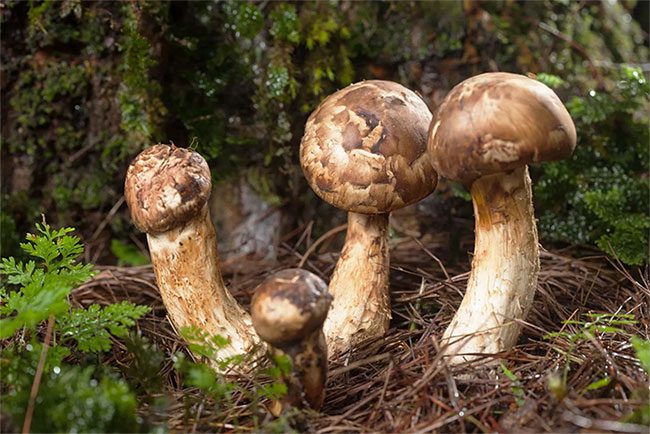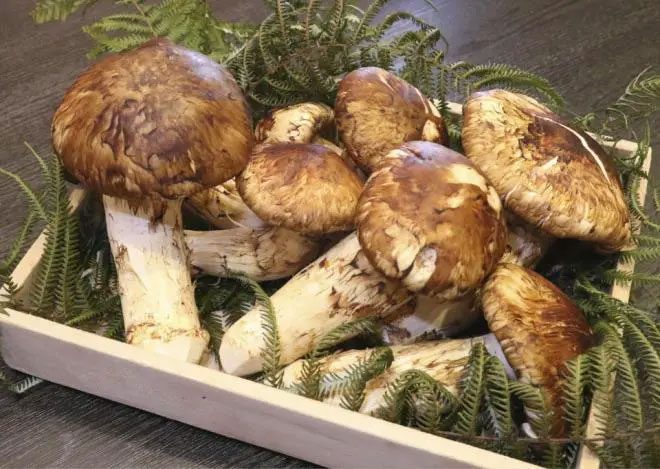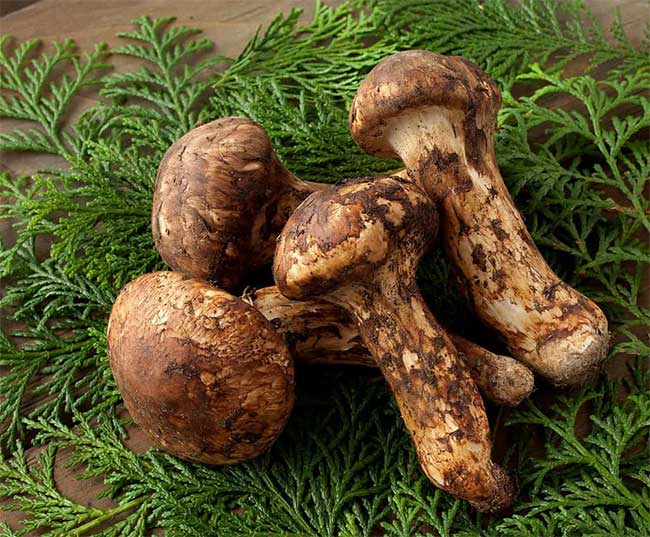Vietnam possesses a rare delicacy that no one in the world has successfully cultivated, with a market price soaring up to 30 million VND per kilogram.
This rare delicacy is the matsutake mushroom (also known as pine mushroom, scientific name Tricholoma matsutake). This type of mushroom is often found in areas with persistent fog, snow, and high humidity, at altitudes of around 2,500 meters above sea level.

In addition to Vietnam, the matsutake mushroom also grows naturally in Japan, North Korea, South Korea, China, Bhutan, and more. In fact, matsutake mushrooms thrive in their natural environment and have a smooth outer layer.
In countries where matsutake mushrooms grow naturally, they are considered a rare delicacy used as gifts, especially during the Vu Lan festival, a time for honoring one’s parents. In Vietnam, at certain times, the price of fresh matsutake mushrooms fluctuated between 18 to 20 million VND per kilogram. Dried matsutake is sold for 30 million VND per kilogram. Furthermore, a kilogram of matsutake imported from Japan can cost as much as 40 million VND. This truly is an expensive mushroom that not everyone can afford.

Matsutake mushrooms are rare and expensive. (Photo: Britannica).
Why are matsutake mushrooms so expensive?
Matsutake mushrooms are regarded as the “king of mushrooms.” This type of mushroom has a shape reminiscent of an umbrella, with a vibrant color palette dominated by brown and a white stem.
According to experts, this mushroom is unique because it only grows in red pine forests, specifically at the roots of large pine trees, rather than spreading out widely. This rarity adds to its value. Moreover, due to their earthy brown color, matsutake mushrooms blend in with fallen pine needles, making them even harder to find. Mushroom foragers must dig through layers of soil and fallen needles to locate this precious fungus.

Matsutake mushrooms are very costly because they cannot be cultivated artificially. (Photo: Kyodo News)
Additionally, matsutake mushrooms only grow in the month of August each year. After August, they do not appear again. In fact, it is believed that once a mushroom is harvested from a spot, no second mushroom will ever grow there. Therefore, foragers must collect them at the right time and pay close attention to avoid missing out on matsutake mushrooms.
Experts note that the high price of matsutake mushrooms is due to their scarcity and the inability to cultivate them industrially or artificially. Currently, humans can only harvest matsutake mushrooms from their natural habitats, as they cannot be produced artificially.
On the other hand, since they do not have a long shelf life, those wanting to enjoy this type of mushroom need to place orders in advance or wait for the harvest season. Businesses around the world sometimes even have to bid and designate areas to harvest these rare mushrooms.
Matsutake mushrooms are not only used in cooking but also have medicinal properties. (Photo: Shutterstock).
Matsutake mushrooms are delicious and have a distinctive flavor, with thick, crunchy, and sweet flesh. Typically, before cooking, chefs gently wipe the mushrooms with a damp cloth, trim away any dirty ends, and quickly rinse them. This is because soaking matsutake mushrooms in water for too long can cause them to lose their aroma and moisture. According to mushroom foraging experts, the finest matsutake mushrooms are those shorter than 8 cm. Notably, when cut, these mushrooms should appear pure white, feel dry, and not be wet.
Experts highly regard the nutritional value of matsutake mushrooms. This type of mushroom is not only a source of ingredients for nutritious dishes but also contains substances that help regenerate cells and prolong life. Matsutake mushrooms are also considered a precious medicinal herb in traditional medicine. The compounds in the mushrooms have the potential to prevent and assist in treating various illnesses. As a result, many wealthy individuals are willing to spend tens of millions of VND to acquire this rare delicacy for personal use.



















































